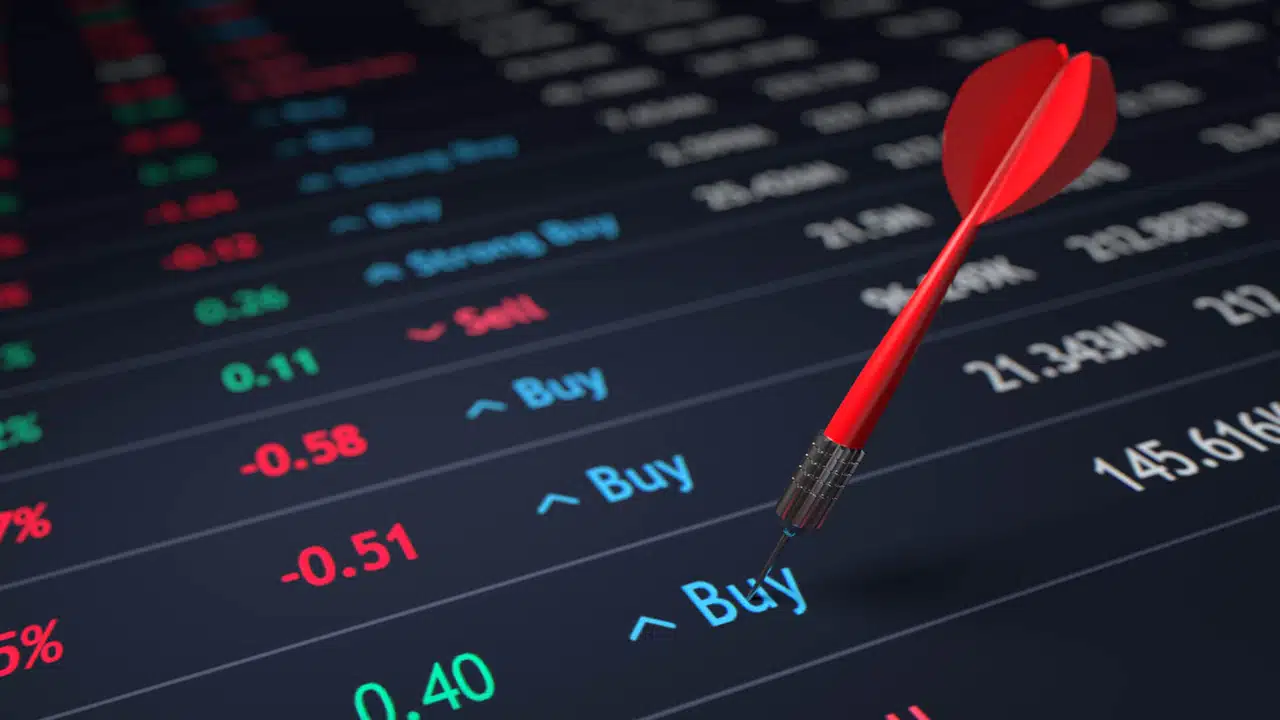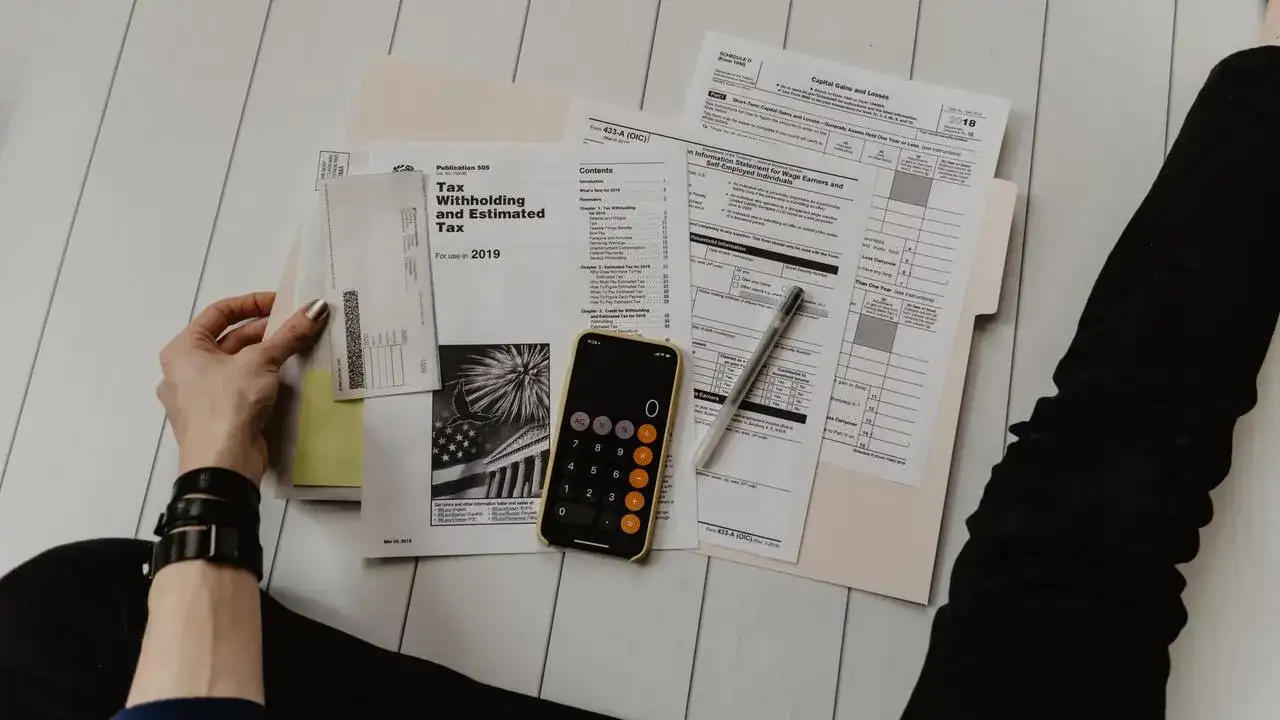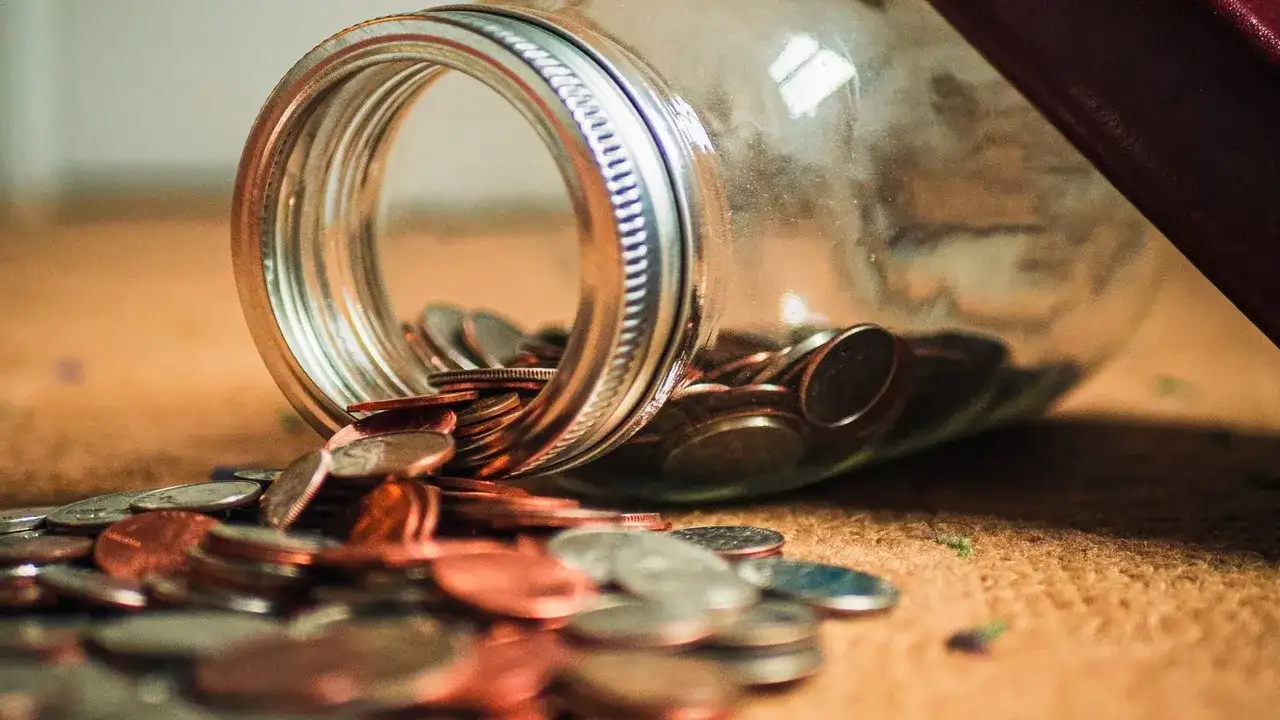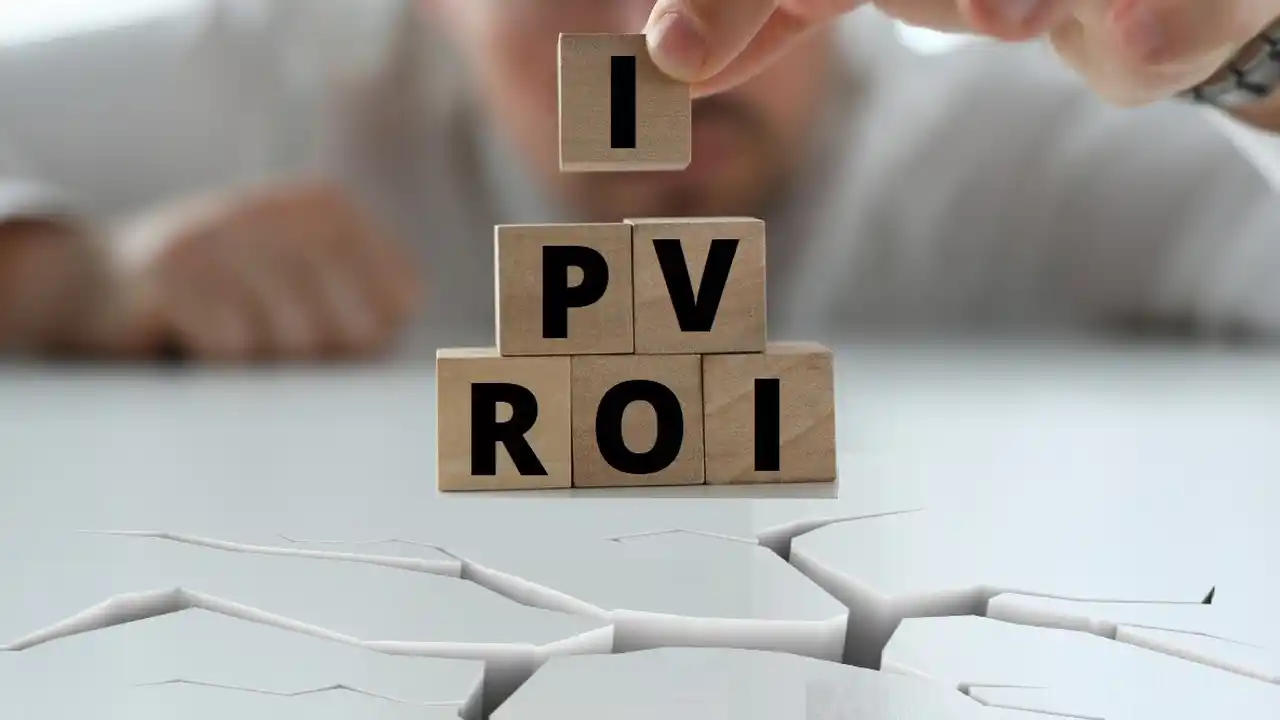Bond prices and yields, like all other publicly traded securities, vary on a daily basis. This astounds new investors. It’s rare for the face value, interest rate, and maturity date of an investment to remain fixed. In this section, we will define what is bond yield meaning, examples, as well as difference between bond prices vs. bond yields.
When investor confidence falls, demand for Treasuries rises, causing prices to climb and yields to fall. As a result, falling Treasury rates are sometimes perceived as a sign of an imminent recession. Before starting the topic you can learn about what are bonds in stock market to understand the topic better.
What are Bonds?
A bond is a fixed-term loan made to a borrower by an investor in exchange for interest. The term “term to maturity” refers to the period of time between debt issuance and repayment.
There are both government and corporate bonds (where a business or a bank is the borrower). Unlike a typical loan, a bond can traders trade it on a financial market once it is issued. Traders trade bonds on the stock exchange.
What is Bond Yield?
The yield on a bond is the annual return that an investor can expect until the bond matures. The bond yield is a calculation of the overall return, including remaining interest payments and principal, in relation to the bond’s price.
The bond yield reveals how much it costs an issuer to borrow money by selling new bonds. A 0.25 percent yield on three-year Australian government bonds, for example, means that borrowing on the bond market will cost the government 0.25 percent per year for the next three years.
A “primary market” investor purchases a bond when it is first issued. The size of the guaranteed interest payments, the bond’s tenure, and the price of similar bonds already on the market all influence the initial bond price.
This information, along with the purchase price, is used to calculate the bond’s initial yield. Following the issuance of a bond, an investor can trade it with other investors on the “secondary market,” where the price and yield vary.
Understanding Bond Yields
First, let’s discuss bonds. A bond is a type of investment that pays you on a consistent basis. Investors should think about how much money they will get in return. One method is to look at the yield on a bond. Bond yield is also referred to as “current yield” and “yield to maturity” at times.
Current Yield
The current yield calculates an annual return on a bond based on its current price and annual interest payment. The difference between current yield and coupon yield is that current yield examines the bond’s current market value rather than its face value.
This is critical because the market price of a bond may differ from its face value. Bonds aren’t required to be issued at face value. Determine the current yield:
Current Yield = Annual Interest Payment / Current Market Value
We can see that the current yield varies with the market value of the bond. The coupon yield is (4/100), or 4%, if the bond is worth $100 and the annual coupon is $4. It has a current yield of about 3.8 percent, which is little lower than the coupon yield.
Bond prices and yields share an inverse relationship, where higher prices lead to lower yields. This holds true for US Treasury bonds issued by the US Treasury as well.
Yield to Maturity
It is determined by applying the bond’s coupon and face value payoffs to the market price. In other words, it is the amount of interest that the bond owner receives. This formula, reflecting a bond’s yield more realistically, is based on the investor receiving payments on time. You can find more information in Interfaces’ 1986 publication titled “A Note on Yield-to-Maturity Approximations.”
- Years to Maturity / (Face – Market Value)
- Increase the Annual Interest Payment by 1.
- Divide the total by (Face + Market) / 2.
Bond Price vs. Bond Yield
Investors buy and sell bonds on the secondary market at opposing prices to expected yields. However, interest rates in the financial markets change. This means that the interest rate on new bonds differs from the interest rate on old bonds.
Consider lowering your interest rate. Interest rates on bonds issued now will be lower. Bonds issued previous to the interest rate fall are now more appealing to investors since they pay more interest. Existing bond prices will rise as a result. However, as the price of a bond rises, it becomes more expensive to purchase. When a result, as the projected return on investment lowers, so will the bond’s yield.
An Example of Bond Prices and Yields
Consider a 10-year government bond issued on June 30, 2019. The principle of the bond is $100, hence the government must pay the owner $100 on June 30, 2029. Every year, the bond pays 2% of the principal amount, or $2. If all 10-year government bonds trading on the secondary market have a yield of 2%, our bond will cost $100 and yield 2%.
Assume that investors want a 2% yield on government bonds in order to purchase them. To obtain the required yield, they will invest $100 in a government bond paying $2 per year. Assume the needed return on government bonds reduces from 2% to 1%. This means that an investor can now purchase a $100 bond for only $1 in interest each year.
However, our bond still pays us $2 per year in interest, which is $1 more than they now require. As a result, they will pay more than $100 for our bond. As a result, the price of our bond will climb until it provides investors with the necessary 1% return. When our bond is valued $109.50, this is the situation.
Measuring Return with Bond Yield Example
The yield of a bond represents the rate of return. Yield = coupon amount/price is the best yield formula. The price affects the yield.
Here’s an example: Assume you purchase a $1,000 bond with a 10% coupon. Continue, and you’ll see how simple it is. The issuer offers you $100 every year for ten years before returning $1,000. As a result, the return is 10% ($100/$1000), or 10%. You will not receive $1,000 if you sell it. Why? Bond prices fluctuate on a daily basis due to changes in interest rates.
If the bond sells for $800, it is worth less than par. The bond is worth more than its face value if it sells for $1,200.
A bond’s coupon is fixed regardless of market price. In our example, the bondholder receives $100 per year. Bond yields fluctuate. The return is 12.5% ($800 divided by $100). If sold for $1,200, this is 8.33 percent ($100/$1,200).
Changes in Investors Perceptions of Risks
Investors’ risk evaluations may change over time as they learn new information or reconsider previous ones. Risk changes can cause the yield curve to rise or fall, depending on the type of risk and how long investors expect it to last. Bond risk perceptions of investors may change over time. It is made up of:
Risk of Credit
If investors feel the bond issuer will not pay the agreed-upon interest or principal on time, they seek a larger return. The majority of people feel that government bonds have a very low default risk.
Risk to Liquidity
Bonds that investors feel will be difficult to sell will command a higher price. The most liquid markets are often the government bond markets. They only have major liquidity worries when the economy is in trouble.
Risk of Long-term
Investors risk losing money when they lend money at a fixed interest rate. Investors expect a higher rate of return. If interest rates rise, which is possible if inflation exceeds forecasts, the return on a single fixed-rate loan will be less than the return on multiple smaller loans (for example, lending once for five years as opposed to lending five times for one year each). The term premium evaluates term risk. (For more details, refer to the box titled “Statement on Monetary Policy” under “Why Are Long-Term Bond Yields So Low?”)
Bond Prices are Affected by Supply and Demand
Supply and demand affect bond prices and yields. The quantity of buyers and sellers determines bond prices (and yields).
Investors’ preferences for bonds over other assets influence bond prices (stocks, real estate, commodities, cash, etc.). Their expectations for future monetary policies and risk assessments will influence their choices.
If everything else remains constant, the price of a bond will climb but the yield will decline as demand rises. The amount that an issuer, such as the government, must borrow from the market determines bond supply. If everything else remains constant, increasing the amount of bonds reduces their price and boosts their yield.
The response of the yield curve to changes in bond demand or supply is dependent on the change. If something changes, the yield curve will go up or down. When one section changes, the slope changes.
For example, the government might issue additional 10-year bonds while maintaining all other bonds at the same level. Because of the increasing supply of 10-year bonds, their yields would rise relative to other maturities, leading the yield curve to steepen.
Conclusion
When investors lose faith in the economy, the yield curve rarely inverts. When short-term yields exceed long-term rates, we describe the yield curve as “inverted.” Long-term investors that anticipate falling short-term interest rates aim to lock in existing yields. We hope you now understand what a bond is, what a bond yield is, and how they differ. To learn more about the debenture in accounting, read this article.






